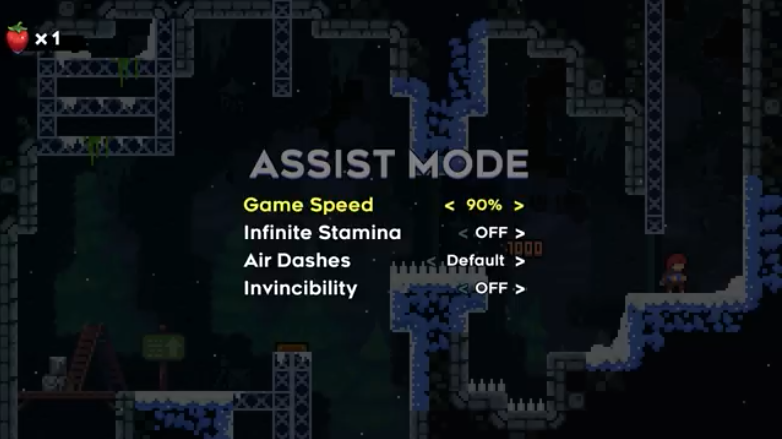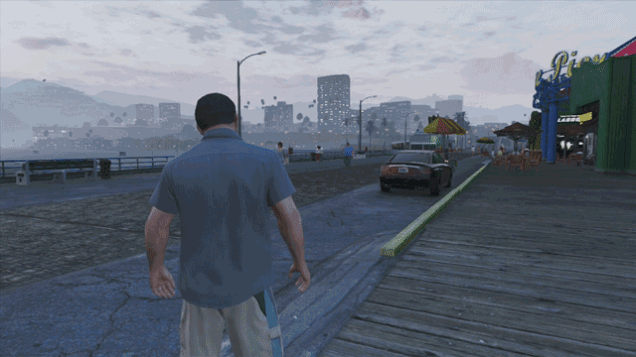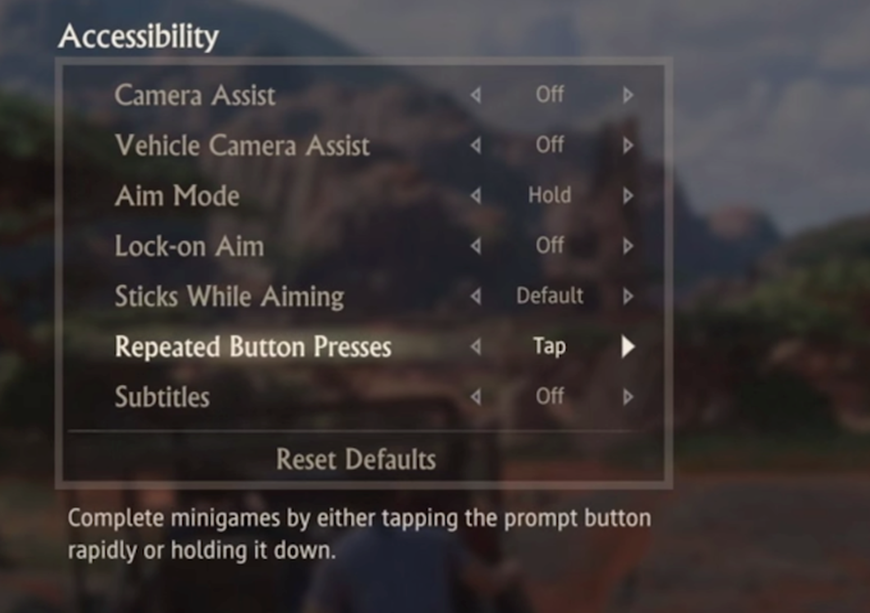Difficulty/Mechanics
Creating a game that is too hard to play or too unforgiving can shut out many players, especially those with disabilities. Use these guidelines to make your games fun and fair.
Best practices for cutscenes
There’s a common misconception that game developers should have to “dumb down” their gameplay to accommodate players with different skill levels. While some players enjoy playing on “hardcore nightmare perma-death” mode, offering options like auto-aim and tank controls creates a better quality of life for players with disabilities and doesn't disrupt your hardcore players.
- Contents
- Difficulty Modes
- Balancing
- Cheat Codes
- Mods
Difficulty Modes
Overall Difficulty
Some games can be modified at a global level to modify the difficulty of everything in a game. In assist mode, enemies could have fewer hit points, obstacles could be more forgiving, the player could be given more time, etc.

In Celeste, players can adjust the overall game speed to make this challenging platformer more accessible for people of all ages and abilities.
Modes of Play
For some players with mobility or cognitive issues, gameplay that requires quick or precise movement can be too challenging or physically painful. Include other modes of play that aren't time based, like puzzle mode.

The Grand Theft Auto series lends itself well to accessibility simply because its open world offers lots of different ways to enjoy the game. Simply walking around is fun in and of itself.
Assistive Mechanics
For players with hemeplegia or hemeparesis, who only have use of one of their hands, using two thumbsticks to move their player and the camera is an impossible task. Supply them with assist modes like auto-aiming and automatic camera movement so they can play your game.

Uncharted 4 features great assist options that relieve players from having to manually move the camera to aim. Lock-on aim makes precise aiming less challenging too.
